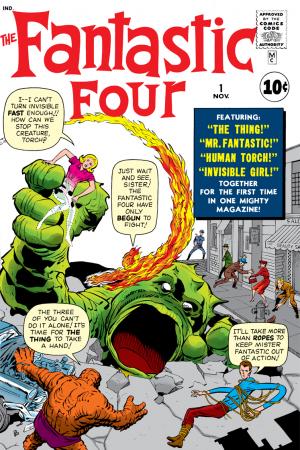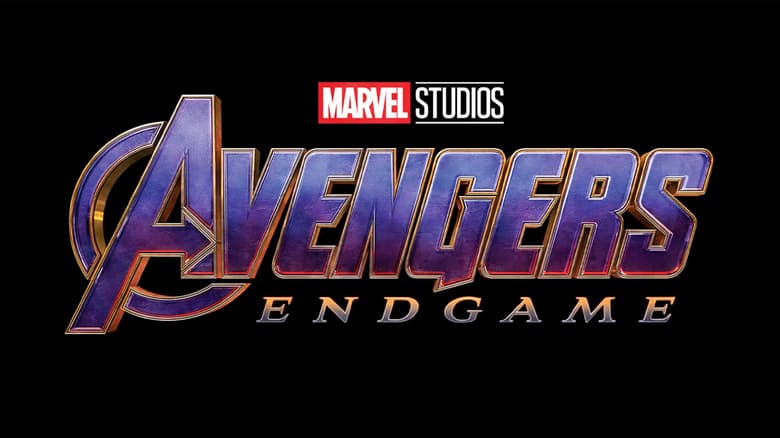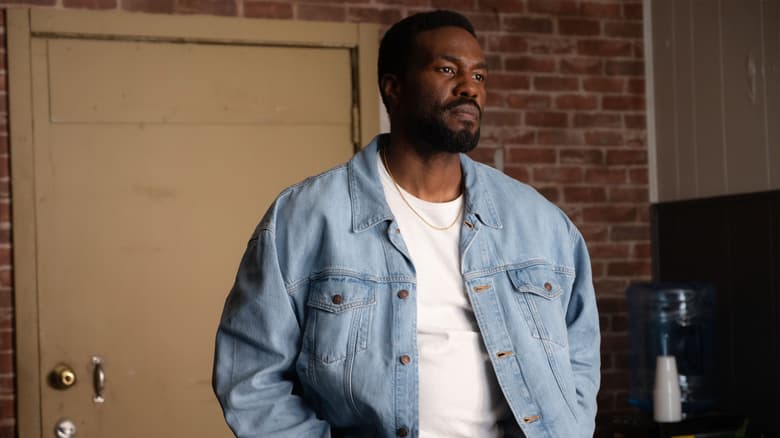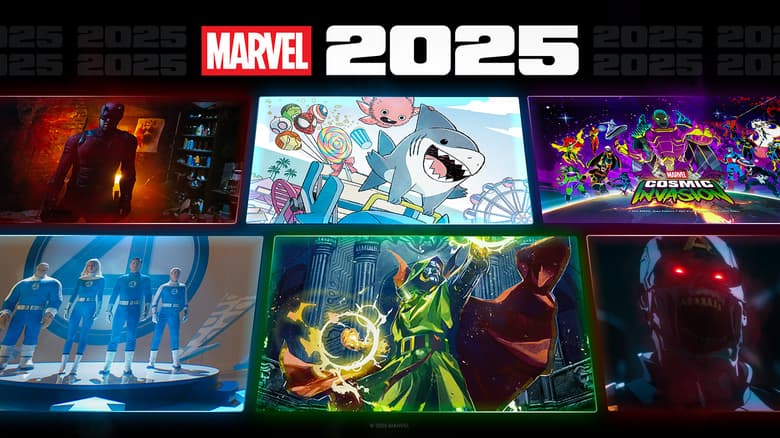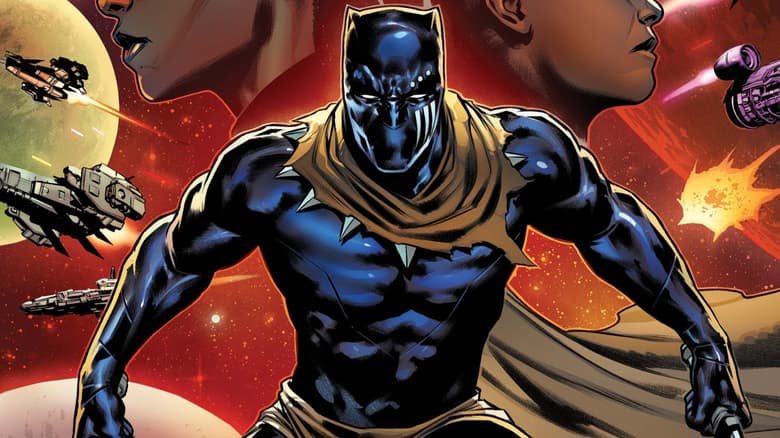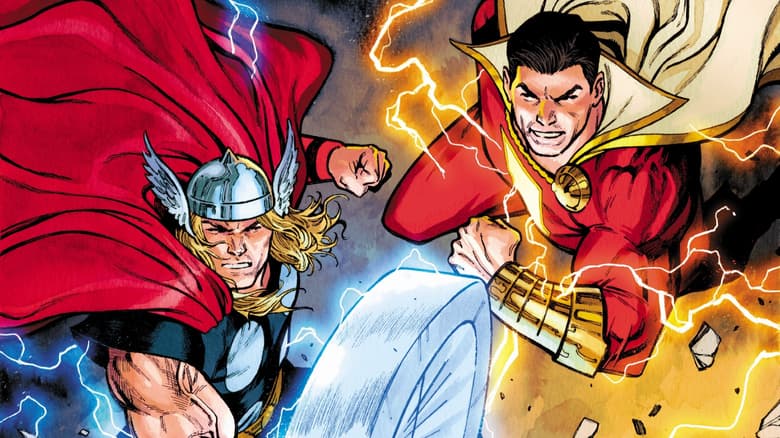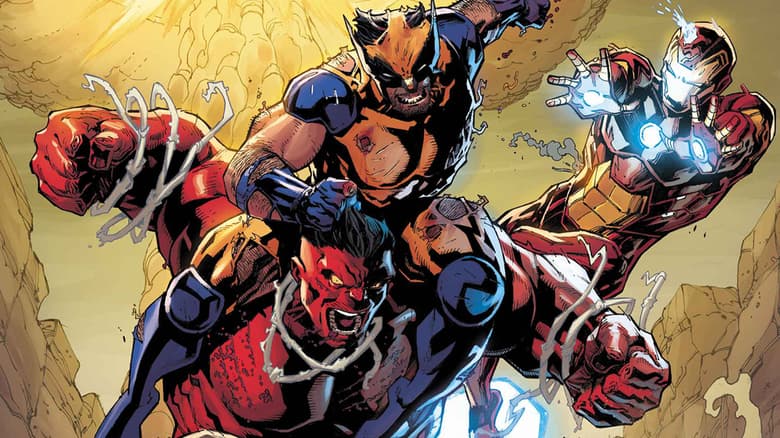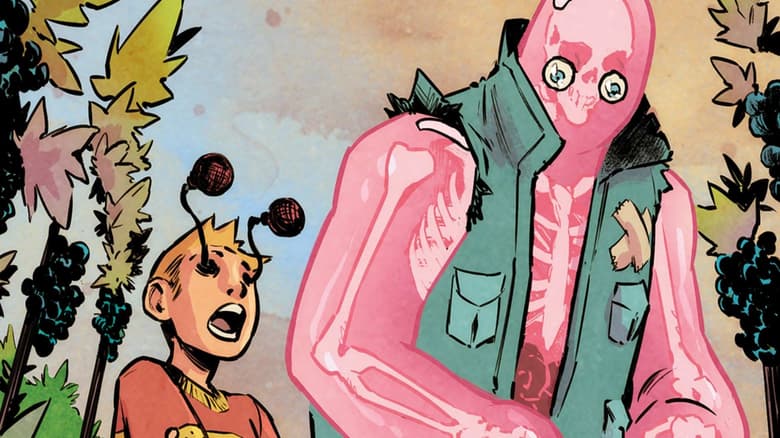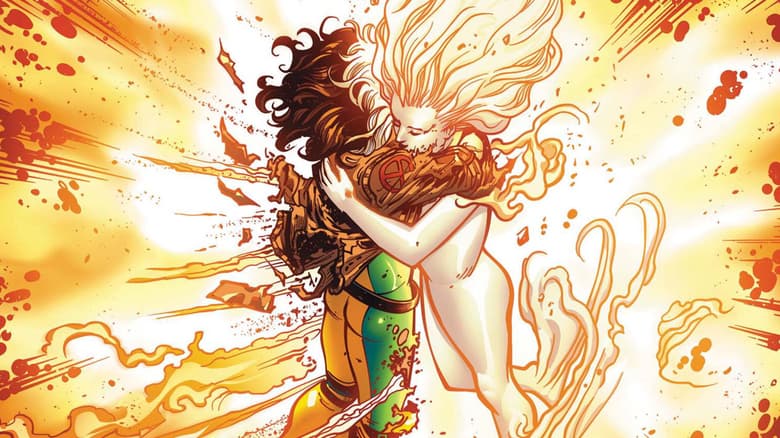How Marvel Re-Invented Itself With Super Heroes
As Marvel entered the 1960s, it went in a brand new direction with a new kind of tale!

At the beginning of 1960, Marvel Comics’ humble output of titles consisted of many genres, but absolutely zero Super Hero offerings. By the end of 1969, costumed champions of several different stripes claimed well over half of the company’s books on the stands.
Over the course of the 1960s Marvel revolutionized the concept of Super Heroes in comic books by doing just that, defying expectations and refusing to do things the same old way. Marvel editor Stan Lee partnered with his fellow storytellers to tell tales never truly seen before in the industry, and in doing so set a course for success for the company for years to come.
It all began with a challenge.
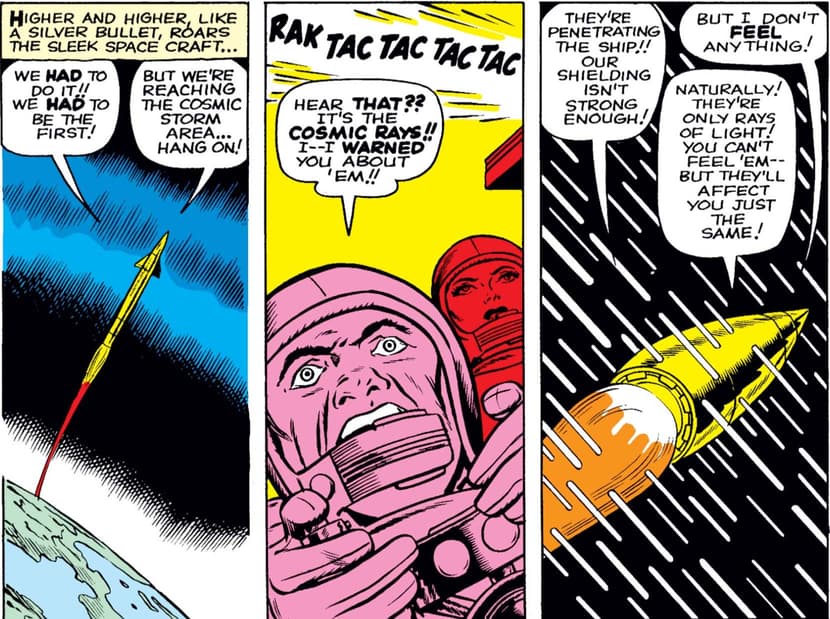
By 1960, the 1940s heyday of the Super Heroes had faded far into the distance, and while Marvel’s biggest rival, National, maintained publication of their top costumed characters through the tough times of the 1950s, Stan Lee’s outfit had all but dispensed with the genre after a lackluster 1954-1955 revival. But in 1961, Marvel’s publisher Martin Goodman wondered if National’s solid sales with their then-still-new super team comic might signal something significant for his own company’s chances.
So he told Stan Lee about it, and Lee swung into action. FANTASTIC FOUR (1961) #1, his brainchild with artist Jack Kirby, spoke volumes to Super Hero fans, but in a very different way than any other publisher at the time.
The creation of the Fantastic Four might be best described with the old adage of “something old, something new, something borrowed, something blue.” Lee and Kirby took liberal doses of science fiction, the then-popular space race, Marvel’s successful monster genre, and mixed it with the Super Hero concept to produce something original: a team made up of not four sterling examples of machismo and pulchritude, but of individuals bearing the weight of powers bestowed upon them accidentally – and in some of their cases, exceedingly unwelcome. It made for strange bedfellows, and readers loved it.
Something must have clicked in the Marvel offices, because Lee forged ahead, perhaps full of possibilities and eager to try more new things. What followed were roll-outs of new characters over the next three years that cemented Marvel Comics as a trendsetting publisher in the Super Hero biz, a force to be reckoned with… and even copied.
Stan Lee and Jack Kirby unleashed another monster in 1962, flush with the warm embrace their Thing character received from fans in FANTASTIC FOUR. The Hulk appeared as a Frankenstein-type creature, but with a Jekyll-and-Hyde proclivity. Not exactly a Super Hero in the beginning, the green behemoth just wanted to be left alone, but found himself thrust in the middle of many situations that demanded his attention and brought out the innate heroism of his alter ego, shy scientist Bruce Banner. Lee and Kirby filled INCREDIBLE HULK (1962) #1 with tragedy and pathos, but also with wonder and the promise of adventures like no comic reader had seen before.
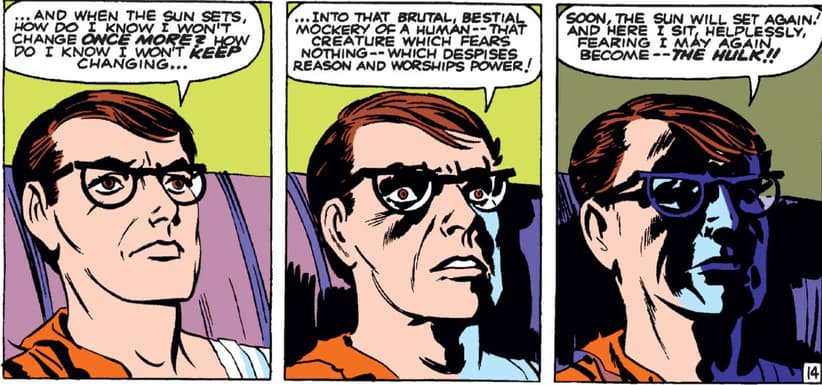
Not resting on his laurels, Lee joined forces with artist Steve Ditko to introduce what looked to be a typical hero in 1962’s AMAZING FANTASY #15, but as what was becoming Marvel’s stock-in-trade, with a terrific spin. Under his mask, Spider-Man existed as a put-upon young teenager who attended high school and suffered bullies and blondes. In the past, only Super Hero sidekicks were kids, but Lee saw the potential in a hero whom readers might connect with on their own personal level – so Spidey swung into crimefighting loaded up with teen angst and a world of problems.
Next up that same year, Thor debuted in JOURNEY INTO MYSTERY (1952) #83 and again illustrated Marvel’s conviction for creativity. Not just a god-like figure in a red cape, Thor was an actual god, a mythological being in modern times who swung a mean hammer, but sometimes walked the Earth as a hamstrung doctor who felt unrequited love for his nurse. Lee and Kirby went all out with the pomp and the panache in the strip, but readers soon learned that being an Asgardian didn’t mean everything was always golden.
To wrap up 1962 and the first phase of Marvel’s Super Hero revolution, Stan Lee brought out two characters who wouldn’t exactly vie with his other creations, but were significant nonetheless. Ant-Man operated much like other crimebusters, but the loss of his young wife infused his story with a note of tragedy and loneliness. Lee also combined the growing Super Hero trend with Westerns to saddle up the Two-Gun Kid as a masked avenger in the Old West, complete with a secret identity and all its inherent difficulties.
1963 would prove to be a banner year at Marvel in terms of launching new concepts and continuing to prove it had something fresh to say on the Super Hero theme.
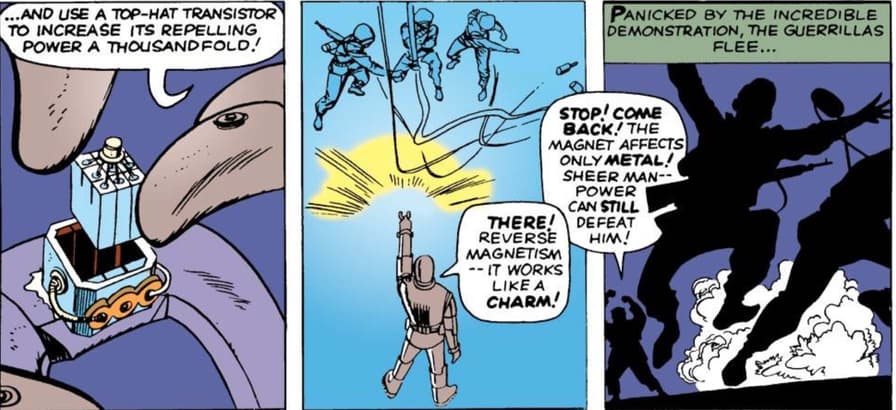
First up, Iron Man hit the scene in TALES OF SUSPENSE (1959) #39 as a typical rich-guy-turned-hero, not only a tragic twist, but a topical reference in his origin story. Tony Stark encountered danger in the jungles of Vietnam while there as a weapons manufacturer for the U.S. Army, and took shrapnel so near to his heart that it nearly killed him. Stan Lee and artist Don Heck wove a story of a man who made lemonade out of lemons as Iron Man, though his personal life would contain many sour elements.
Magical characters were nothing new in comic books by 1962, but Lee and artist Steve Ditko rode the enthusiasm for their Spider-Man to create Doctor Strange, a sorcerer whose severely damaged hands cut off his career as a brilliant surgeon and forced him down a different path to destiny. In addition to the new wrinkle, Ditko charged his artwork with bizarre vistas and magical mayhem that looked unlike any other representation of magic in comics to that point.
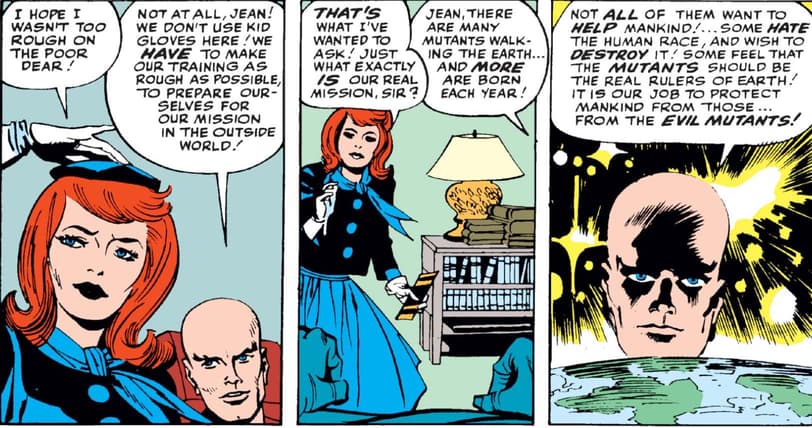
Marvel rounded out its second year of strange Super Heroes by bringing several of them together in a new team, the Avengers, as well as creating another group whole-cloth, and with the same flair for uncanny uniqueness its readers had come to expect. In UNCANNY X-MEN (1963) #1, Stan Lee and Jack Kirby revealed a school for mutants and its prize pupils, five teens with incredible powers they gained by simply being born with something “extra” in their DNA. The spin on the team, though, was that they hid from humanity, afraid of a world they didn’t create but truly wanted to save.
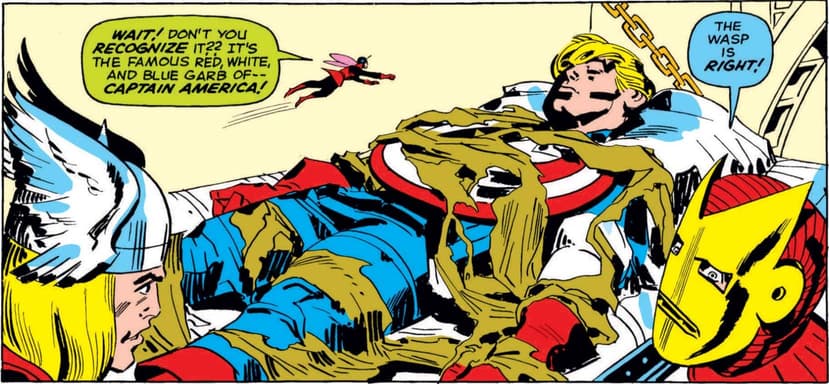
Stan Lee focused his attention on a new character in the mold of Spider-Man for 1964, but not before reintroducing one of Marvel’s greatest heroes of the 1940s, Captain America, into the pages of AVENGERS (1963) #4. True to his drive to illicit empathy in readers, he wove a new thread into the star-spangled soldier’s saga that not only robbed Cap of his beloved sidekick Bucky, but also precious years of his life. What might have been a creaky old champion of the past became an immediate new favorite for fans.
As to that Spider-Man follow-up, DAREDEVIL (1964) #1 opened the curtain on a young Super Hero with one of the most challenging handicaps of all: blindness. Without his natural sight, Matt Murdock relied on a special radar-sense that saw him through battles with baddies, but separated him from his friends and allies. Daredevil was another hit with readers and another important piece in the foundation Marvel was building for its universe of realistic characters.
For the next few years that followed, Lee continued to grow the universe Marvel published by accentuating all the Achilles heels he endowed it with, as well as strengthening the soap operas he’s stitched into its stories. Readers thrilled not only to the super heroics they loved, but learned to look forward to each new issue of their new champions’ gains and losses on their supporting cats as well as the clever, gimmicky villains they faced on the streets of the very real New York City. For Lee, setting much of the adventures in and around the Big Apple would further cement Marvel as reflecting the real world, or as much of it a comic book could portray. It worked to Marvel’s ultimate advantage, and its reputation expanded exponentially as the decade continued.
As the end of the 1960s loomed, fans might have wondered what else the company could still say on the subject. They needn’t have feared that Lee and Co. would disappoint because in 1966, the editor and Jack Kirby inaugurated a true milestone in the industry: the world’s first Black Super Hero. The Black Panther made himself known in FANTASTIC FOUR (1961) #52, the leader of a technologically advanced African nation, and readers quickly deemed him a favorite. He’d be joined by the Falcon, the first American Black Super Hero, three years later in 1969’s CAPTAIN AMERICA #117, further defining Marvel’s push to insure diversity as an important component in refreshing and revitalizing Super Heroes.
As the years came and went, Marvel Comics rose to the forefront of the industry as a leader in character generation and creative ideas to connect with its fans. The revolution became very real, and other publishers quickly took notice of the “little company that could” to imitate and emulate its approach to Super Heroes. But in the end, no one could every truly match that special Marvel magic with Super Heroes in those halcyon days of the 1960s.
Want to know more about the early days of Marvel? Visit marvel.com/marvel80 for more Marvel history and content celebrating Marvel’s 80th Anniversary!
The Daily Bugle
Can’t-miss news and updates from across the Marvel Universe!
